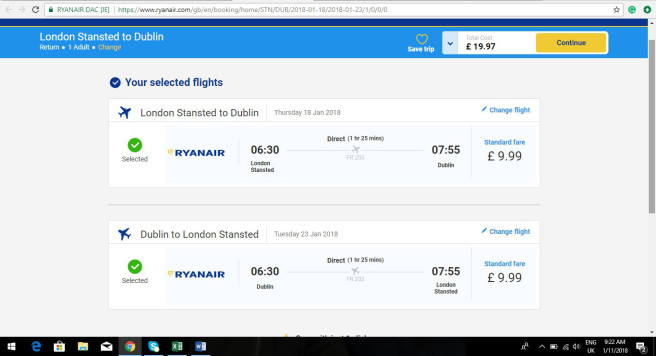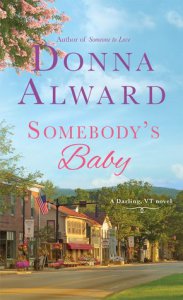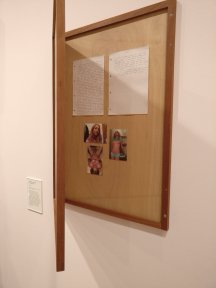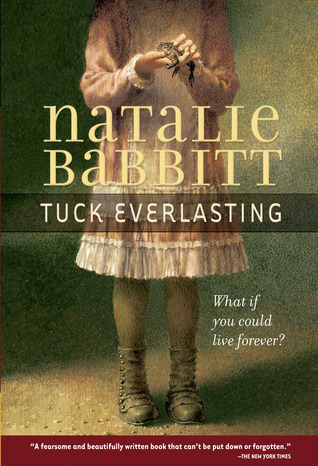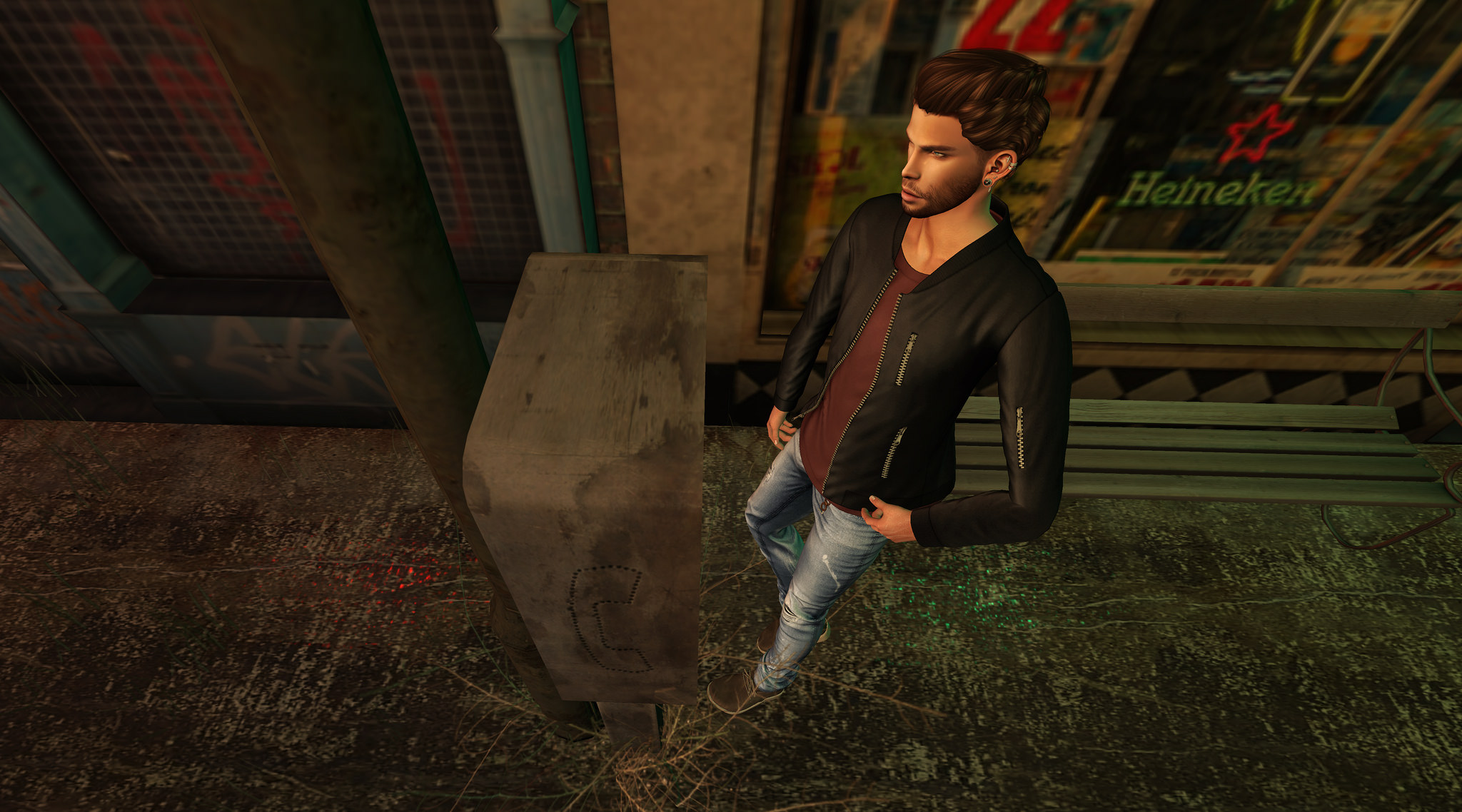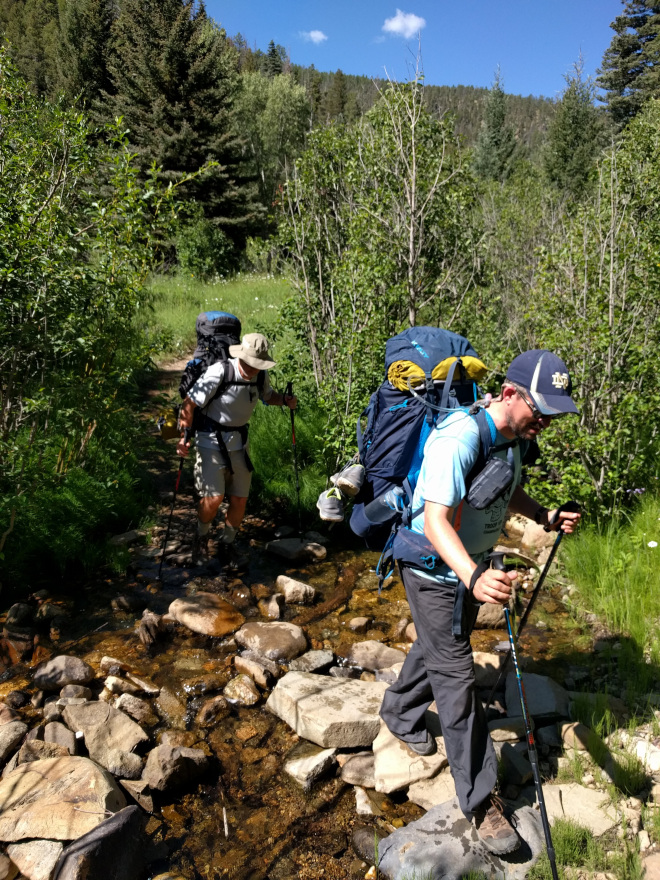
The pain was excruciating.
It felt like someone was grabbing a muscle in the middle of my back.
Then squeezing it.
Then twisting it.
Then stabbing it.
Over and over again.
We were only halfway through our 12-day New Mexico backpacking trek, and I wasn’t sure if I’d wake up in the morning being able to walk, much less carry 40-50 lbs. on my back over the remaining 50 miles. The pain was radiating from the right center of my back, the same area I hurt a few years ago when I was running and a loose dog caught me off guard, causing me to fall flat on my back on the pavement. In the time since, I’d occasionally tweak this muscle when lifting things the wrong way, but it would just be sore for a day or two and then return to normal operations.
Not this time. This was unlike any pain I’d ever felt. Out of the blue, my back would begin to spasm with regular lightning strikes into my spine. I maxed out on ibuprofen and tried to find sitting, standing, and sleeping positions that would relieve the pain for short periods of time. The other two dads on the trek took some of the weight off my shoulders, literally, by adding my share of the crew gear to their packs. Oddly, I was most comfortable when my pack was on my shoulders. Something about the weight must have compressed the muscles in way to prevent the spasms.
With three days left on trail, I was ready to give in to the pain. We had done our conservation project earlier in the day — trail construction that required a lot of bending and lifting. I should have begged out, but responsibility and pride can be poor decisionmakers. Helping to carve a new trail into the side of a mountain was probably the last thing I should have been doing.
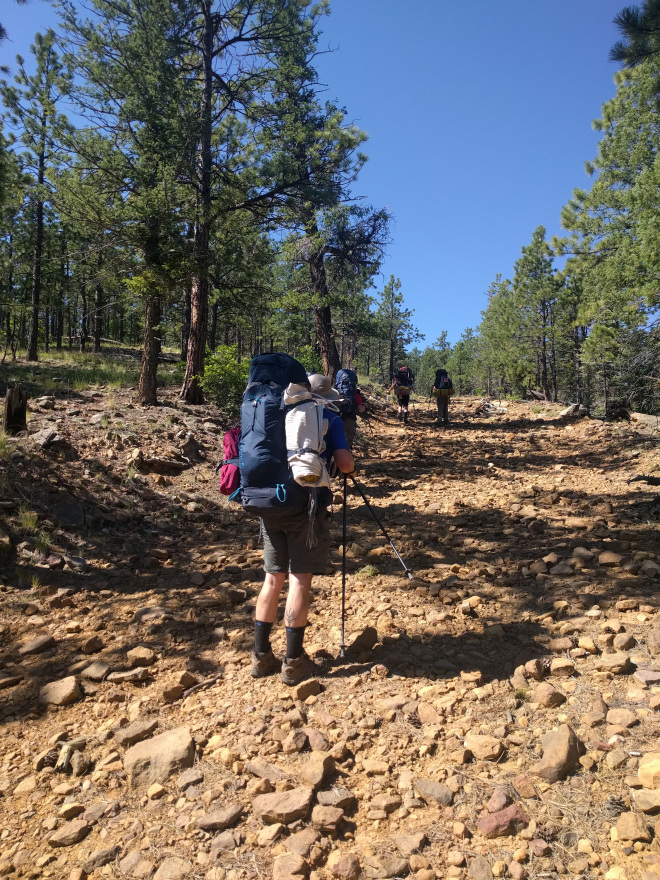
That night, I wanted to quit. That would have meant our whole trek was over. Our crew of seven was already the smallest crew allowed. If I left the trail, so would everyone else. I couldn’t do that to them, so I began to limit my activities to just hiking. My journal from the trip even gets sparse during these last few days. I was just focused on dealing with the pain, moving slowly and deliberately, and finishing the trek. When we made it back to base camp, and the heavy pack was no longer providing temporary relief, even walking felt like a chore. I listened to the closing campfire in the distance as I tried to find a position laying on my cot that didn’t result in intense pain.
A few days later, back in Illinois, I sat in an exam room at our local clinic. Most of the intense paid had subsided, but my back still hurt. The on-call doctor came in, did a quick assessment, asked all the appropriate questions, and then looked me straight in the eye.
You’re too young to feel old.
By this time next year, you should have the strongest back you’ve ever had.
He ordered precautionary x-rays.
AP, lateral, and swimmers views of the thoracic spine demonstrate no evidence of recent fracture or subluxation. There is mild levoscoliosis in the upper thoracic spine. Large marginal spurring is seen in the mid to lower thoracic spine, worsened. No acute osseous abnormality. Mild multilevel spondylosis, worsened.
My back wasn’t broken or otherwise traumatized. It was just getting old. Older than its 46 years should be. I hadn’t prepared it for the rigors of the backpacking trip. I hadn’t taken care of myself the way I should have. I was letting my back — and the rest of me — get old.
When the aforementioned dog caused my tumble on the pavement, I was in the best shape of my life. I was down 25 lbs. from my heaviest ever. I was running regularly. I was a week away from running in my first 5K. When that injury prevented me from running in the race (I did briskly walk the course), I let my progress toward good health dissolve. That summer, when my marriage ended, I moved out of my house and away from the garden that gave me yearlong exercise. I started eating (and drinking) out a lot more. A new relationship required a lot of hours behind the wheel. The stresses of a new job took their toll. The pounds came rushing back.
I let myself get old — and our backpacking trip exposed that in triplicate.
The doctor’s words have resonated through me since.
You’re too young to feel old.
By this time next year, you should have the strongest back you’ve ever had.
I went through a few weeks of physical therapy in August, learning how to do low-impact stretching to help both the strength and flexibility of my core. On the days when I’m good about doing these, I feel good. But my self-discipline has been sporadic. I’ve been better since November when K and I joined a local fitness center where a personal trainer helped me design a regimen to work on core strength and overall fitness.
This month, I’ve returned to using MyFitnessPal to track my eating and exercise. I used it to drop those 25 lbs. years ago, so the fitness center dietitian advised me to bring it back into my health regimen. Keeping my daily intake under 1,900 calories gives me a manageable target that still allows for culinary enjoyment, but not excess. I’ve also cut out alcohol except for special social occasions. Tracking it all throughout the day keeps me accountable to myself. So far, so good.
It’s been a long time since I’ve felt good physically, and I’m a long way from the way I want to feel. I don’t naturally gravitate toward exercise for the sake of exercise. I’ve always gotten my exercise through other fun activities (gardening, hiking, adult rec softball). I love the experience of food, in all its forms, and socializing over food and drink is one of my primary forms of connection.
But it’s time to be more intentional about giving my body the exertion, care, and fuel it needs to stay healthy. For the first time in my life, I feel my mortality.
The doctor was right.
I am too young to feel old.
IF YOU FOUND THIS INTERESTING OR VALUABLE, PLEASE SHARE WITH YOUR NETWORKS. THANKS!
